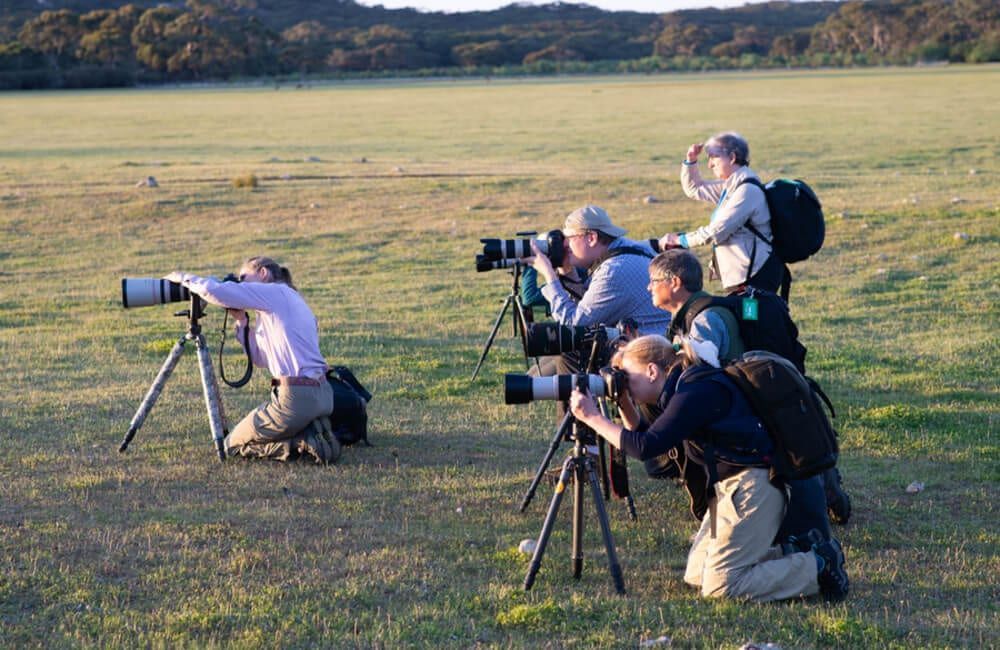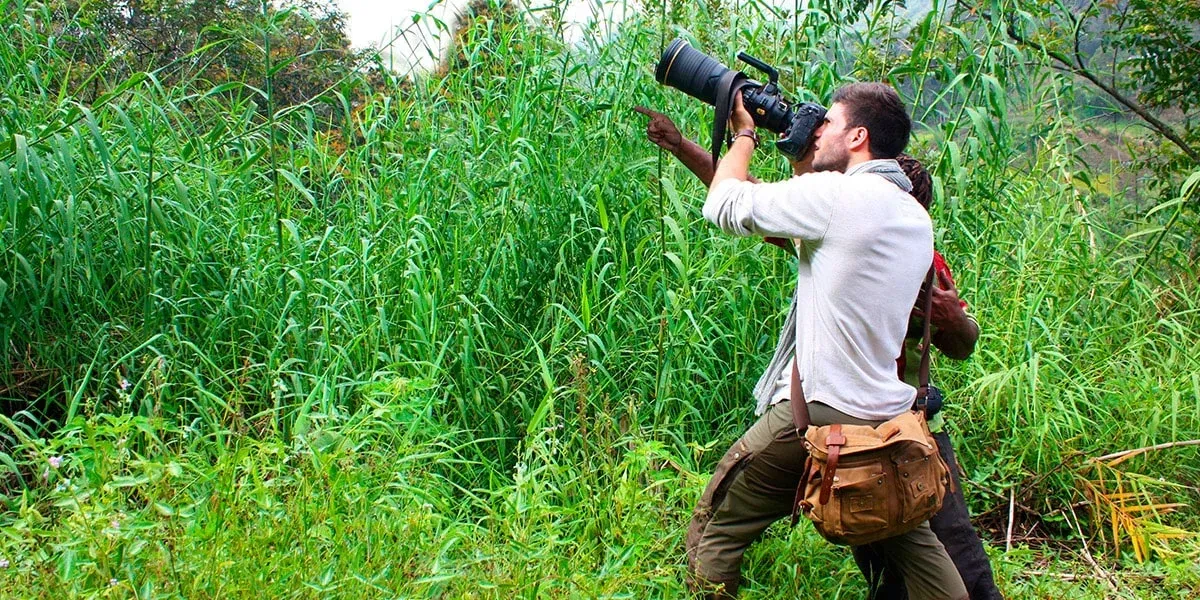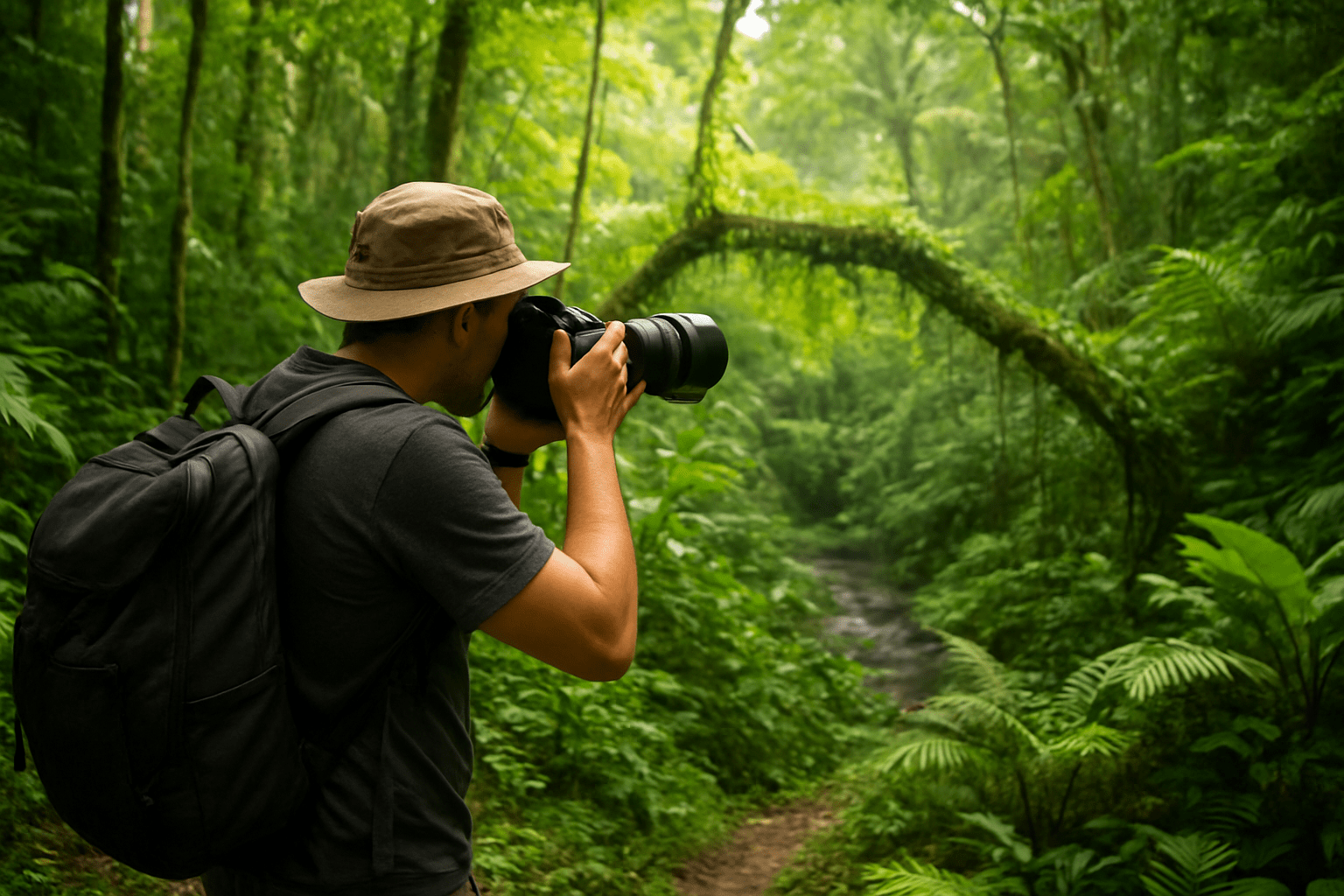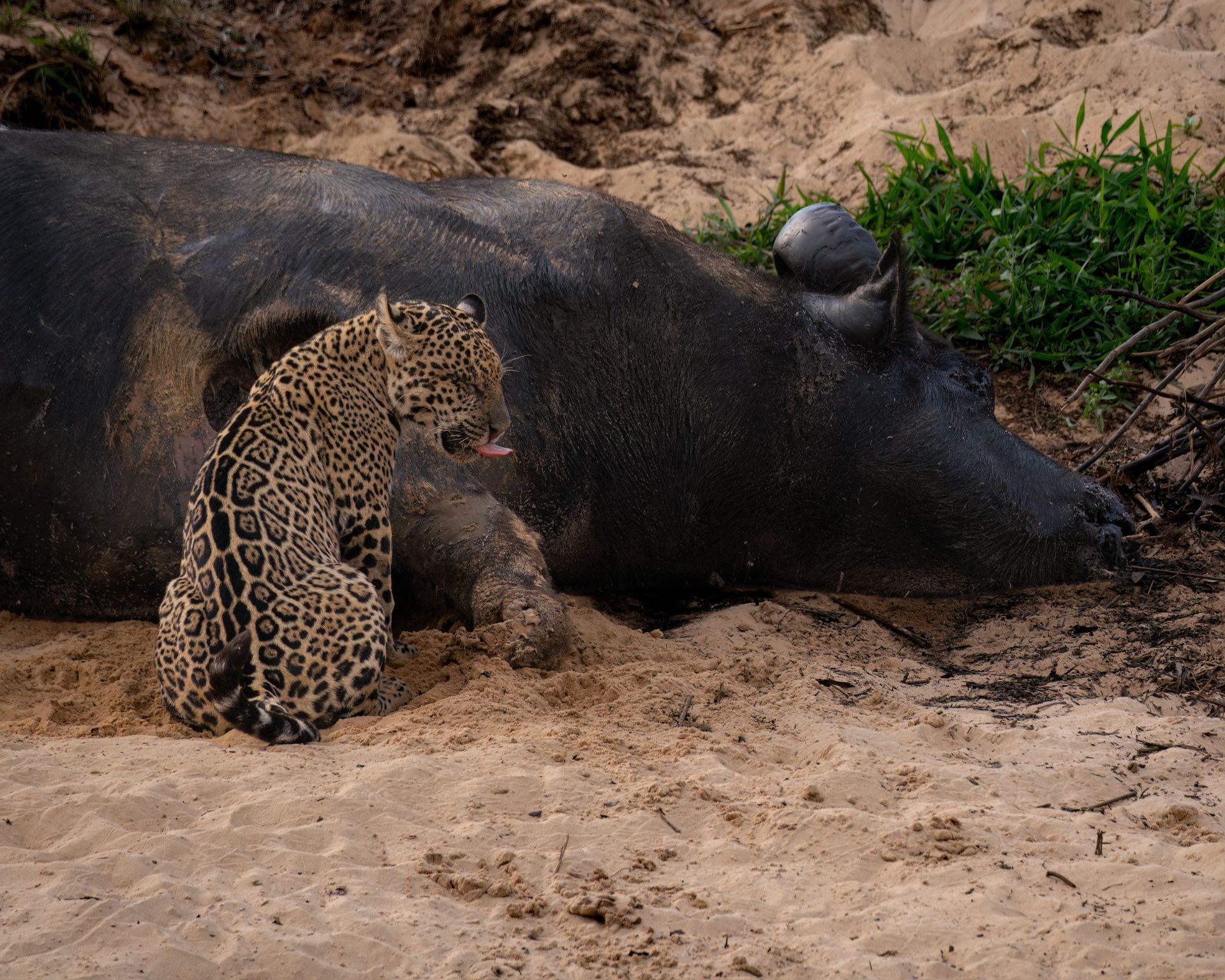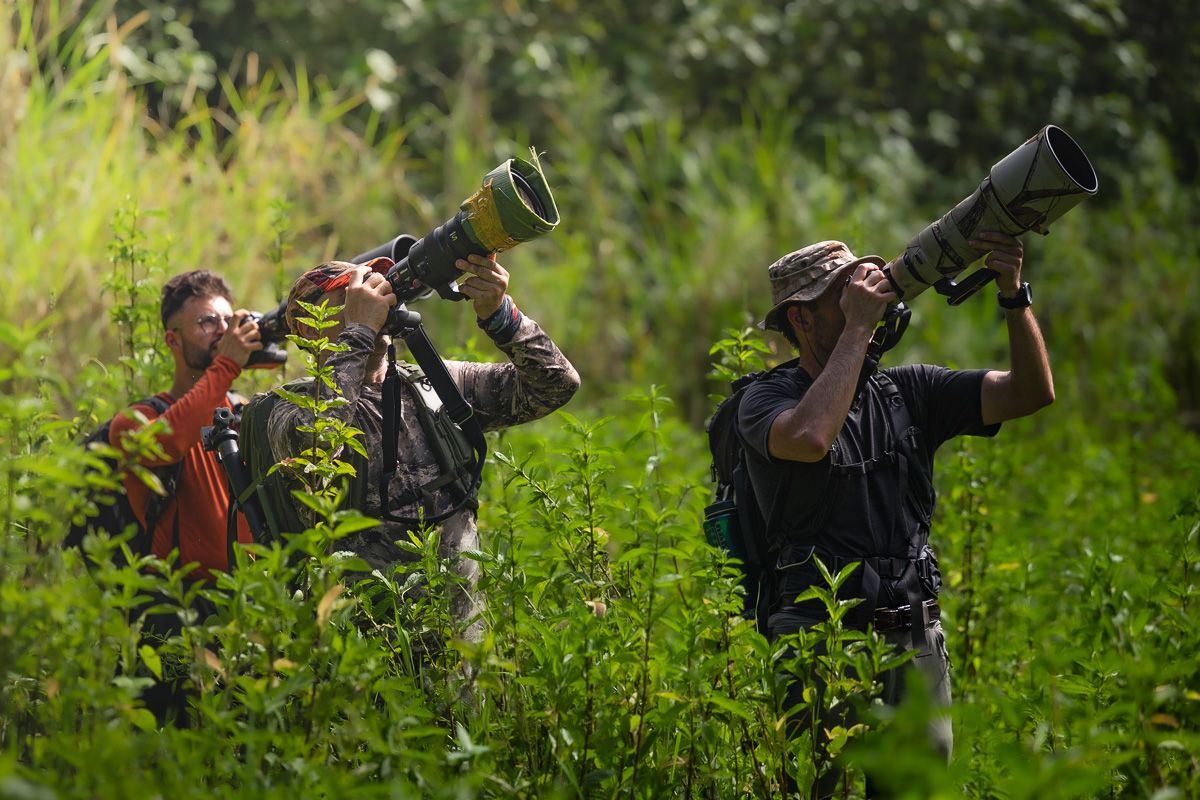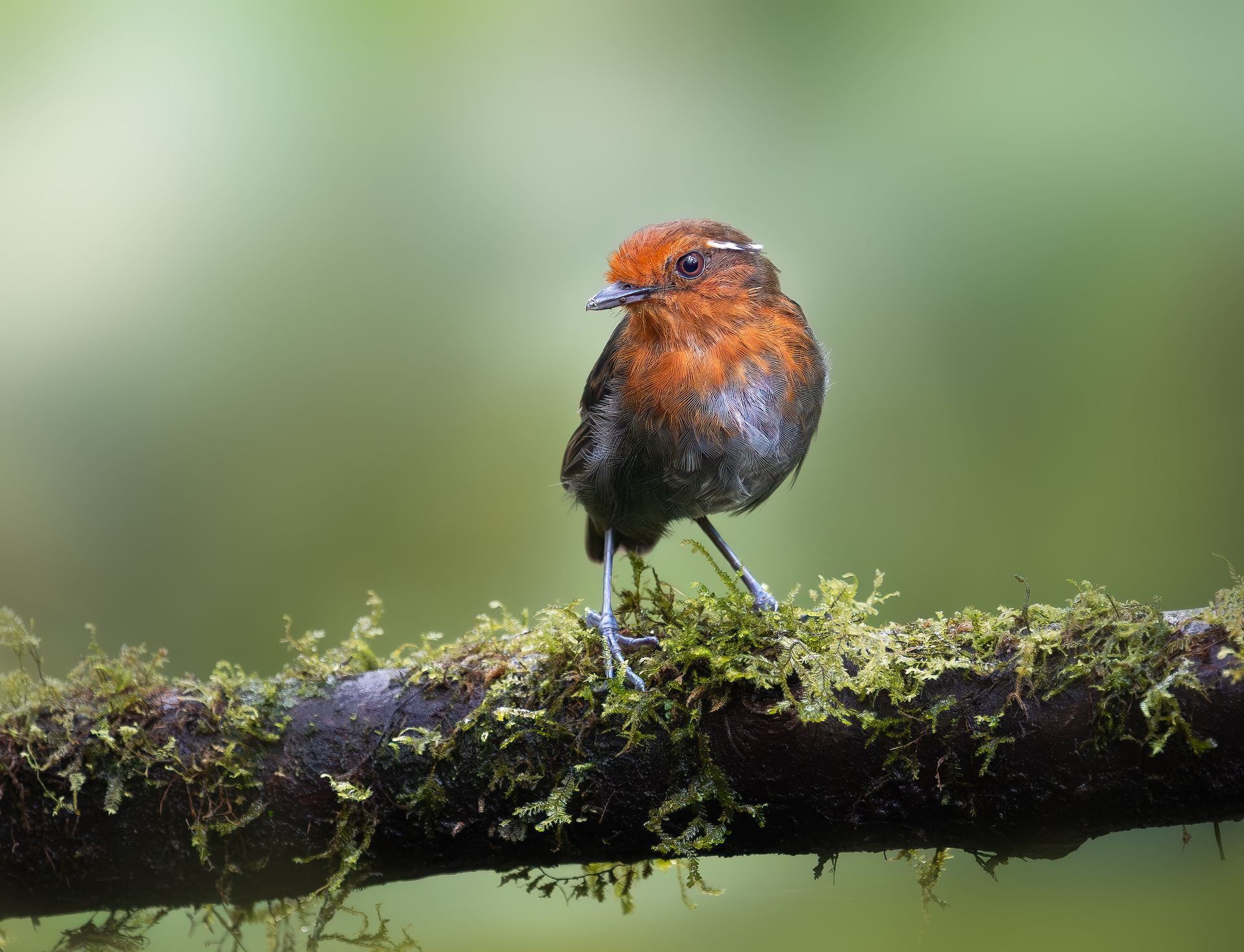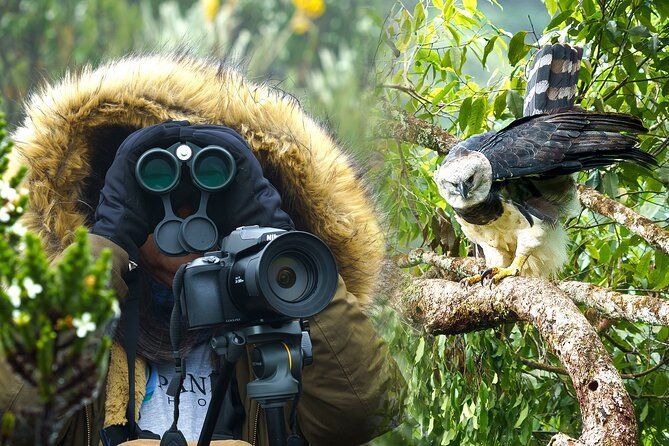Overcoming Challenges in Bird Photography: Stories from Colombia
Bird photography is one of the most rewarding yet challenging forms of wildlife photography. For many photographers, Colombia represents the pinnacle of bird photography destinations. With over 1,900 species—more than any other country—Colombia is a paradise for birders and photographers alike. From dazzling hummingbirds darting through cloud forests to majestic toucans perched high in the canopy, the opportunities are endless.
Yet, as many photographers quickly learn, bird photography is not as simple as pointing a camera and pressing the shutter. The dense forests, unpredictable weather, and elusive behavior of birds in Colombia can test even the most experienced photographers. But it’s precisely these challenges that make capturing the perfect shot so satisfying.
In this article, we explore the real-life obstacles faced by bird photographers in Colombia and share stories of resilience, creativity, and triumph from the field.
The Challenge of Light in Colombia’s Forests
One of the first things photographers notice when working in Colombia’s cloud forests is the constant battle with light. These habitats are often shaded by dense canopies, creating a world of low light and shifting shadows.
Photographer María, who joined a Retorno Photo Tour in the Western Andes, recalls her first morning:
“I had imagined bright tropical sunshine, but instead I found myself struggling with dim, filtered light under the forest canopy. My shutter speeds were too slow to freeze the quick movements of tanagers and warblers. It was frustrating, but I learned to adapt.”
Solutions often involve using wider apertures, higher ISOs, and taking advantage of natural clearings where sunlight breaks through. Photographers also find creative ways to use artificial perches and controlled backgrounds without disturbing the birds, allowing more control over lighting.
Weather: Friend and Foe
Colombia’s incredible biodiversity is partly due to its diverse climates, from humid rainforests to chilly páramo ecosystems. But this diversity also brings sudden weather changes. One moment, you may have perfect golden light, and the next, you’re facing a torrential downpour.
Photographer James recalls an unforgettable afternoon in Antioquia:
“We were photographing a group of tanagers when the sky suddenly opened up. Everyone scrambled to protect their gear. I thought the session was ruined, but then a rainbow formed behind the trees, and a crimson-rumped toucanet perched right in front of us. That photo became one of my favorites.”
Weather challenges teach photographers patience. Rain can enhance plumage colors, mist can add atmosphere, and cloudy conditions often provide soft, even lighting.
The Speed of Hummingbirds
Hummingbirds are Colombia’s crown jewels, but they also pose one of the greatest technical challenges. Their wings beat up to 80 times per second, and their erratic movements make them notoriously difficult to photograph.
Sophie, a participant on a Retorno Photo Tours workshop, shared:
“I thought I was ready for hummingbirds, but my first attempts were just blurs of feathers. It wasn’t until I learned the right shutter speeds, flash techniques, and background setups that I finally captured a sharp image of a sword-billed hummingbird in flight.”
High-speed flash setups, patience, and practice are essential. Many photographers discover that photographing hummingbirds teaches them discipline in timing and precision like no other subject.
Finding the Birds
While Colombia is teeming with birds, finding them is often another challenge. Many species prefer dense foliage or high perches that make them nearly invisible. Here, local guides become invaluable.
Carlos, a tour participant, explains:
“I had been searching all morning for the Andean cock-of-the-rock, but with no luck. Our guide, however, knew exactly where the lek was located. Within minutes, we were watching males displaying their fiery red plumage against mossy branches. Without that knowledge, I would never have found them.”
The challenge of finding birds highlights the importance of collaboration between photographers and local communities. Knowledge passed down by guides often makes the difference between missed opportunities and portfolio-worthy shots.
The Mental Challenge: Patience and Persistence
Perhaps the greatest obstacle in Colombian bird photography is not technical or environmental—it’s mental. Hours of waiting, countless missed shots, and long hikes can wear down even seasoned photographers.
Photographer Ana remembers a particularly grueling day:
“I spent six hours waiting for a chestnut-crowned antpitta that never showed. My legs were sore, my camera battery was nearly dead, and I felt defeated. But the next morning, I tried again—and this time, not only did the antpitta appear, it came close enough for a frame-filling shot. That image means more to me than any easy photograph.”
Such stories are common among bird photographers. They learn that patience, persistence, and a willingness to fail are essential parts of the craft.
Technical Breakthroughs: Turning Struggles into Success
Each challenge faced in the field often leads to new technical skills. Photographers who once struggled with blurs master high-speed photography. Those who cursed the rain learn to see beauty in atmospheric shots. Beginners who feared the complexity of flash eventually embrace it as an artistic tool.
Participant David reflects:
“When I look back at my first attempts, I see a lot of mistakes. But I also see growth. Every failed shot taught me something—how to stabilize my lens, how to anticipate behavior, how to use the environment to my advantage. Colombia made me a better photographer.”
Stories of Transformation
What makes these challenges meaningful is how they transform the way photographers connect with both their craft and the birds themselves. Colombia’s wild landscapes force photographers to slow down, observe, and respect the rhythms of nature.
One participant described it perfectly:
“I came to Colombia hoping for photos. I left with stories, friendships, and a deeper understanding of the natural world. The challenges weren’t obstacles—they were the path to something greater.”
Practical Tips for Overcoming Bird Photography Challenges in Colombia
- Be prepared for weather – Carry rain covers for your gear, quick-dry clothing, and backup batteries.
- Master your settings – For fast-moving birds, use shutter speeds of at least 1/2000s, wide apertures, and higher ISOs when necessary.
- Use guides – Their local knowledge is invaluable for finding rare species.
- Practice patience – Some of the best photos require hours—or days—of waiting.
- Embrace failure – Missed shots are stepping stones to growth.
- Travel light but smart – Carry only what you need for comfort and efficiency in the field.
- Respect the birds – Ethical photography ensures that the welfare of the species always comes first.
Conclusion
Bird photography in Colombia is a journey filled with challenges, but those very challenges are what make it extraordinary. The dim light, unpredictable weather, and elusive subjects test photographers at every level. Yet with persistence, adaptability, and a spirit of adventure, these obstacles transform into unforgettable stories and career-defining images.
For those who dream of capturing the magic of Colombia’s avian treasures, the message is clear: embrace the challenges. Each difficulty faced in the cloud forests, páramos, and rainforests brings with it the possibility of not just a photograph, but a story worth telling.



